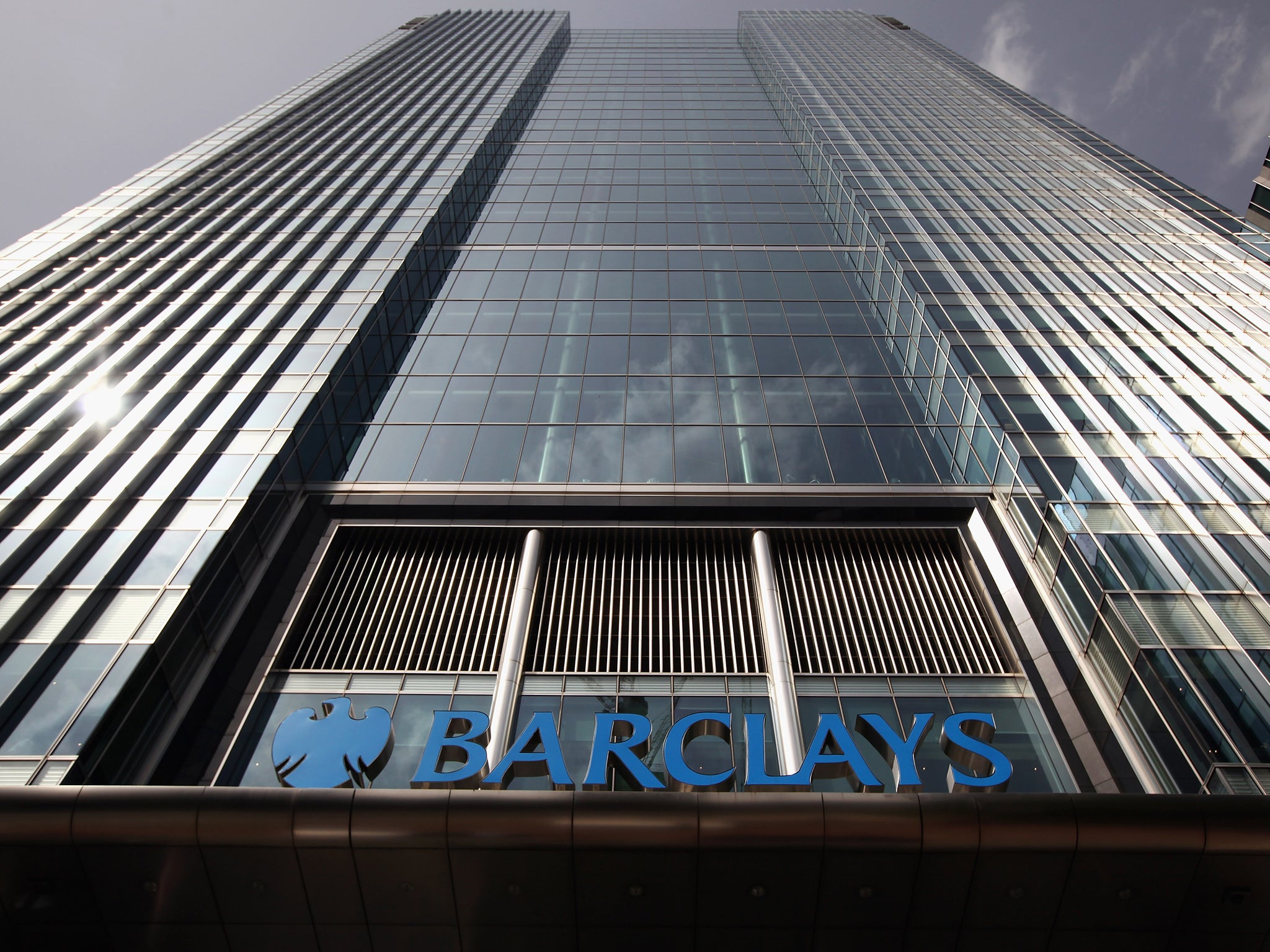Seconds out: Barclays in the ring with the Treasury Select Committee
Outlook

Your support helps us to tell the story
From reproductive rights to climate change to Big Tech, The Independent is on the ground when the story is developing. Whether it's investigating the financials of Elon Musk's pro-Trump PAC or producing our latest documentary, 'The A Word', which shines a light on the American women fighting for reproductive rights, we know how important it is to parse out the facts from the messaging.
At such a critical moment in US history, we need reporters on the ground. Your donation allows us to keep sending journalists to speak to both sides of the story.
The Independent is trusted by Americans across the entire political spectrum. And unlike many other quality news outlets, we choose not to lock Americans out of our reporting and analysis with paywalls. We believe quality journalism should be available to everyone, paid for by those who can afford it.
Your support makes all the difference.You wouldn’t know it from its public statements, but Barclays is actually a very busy bank right now. It is expected to announce the appointment of American investment banker Jes Staley as its chief executive within a matter of days and at the top of his in tray will be his chairman John McFarlane’s decision to test the temper of Treasury Select Committee chairman Andrew Tyrie on the subject of ring-fencing retail banks.
We know this because Barclays is as leaky as a colander, but perhaps not as healthy.
Which is where ring-fencing comes in. The aim is to insulate small depositors like you and me – and by extension the Government – from the ill winds that buffet investment banks. The theory is that you should be able to shear off a ring-fenced retail bank from a stricken corporate or investment bank without too much trouble, sparing the Government from having to step in with truckloads of bail-out money. To do that you need to run the two banks side by side. But Barclays, we are told, wants to have one encased by the other, at least until its underperforming investment bank is a little more healthy.
Barclays is not alone. Most of the big British banks are likely to ask for more or less temporary “transitional” waivers to get themselves in shape. But given the size and importance of its investment bank, Barclays’ request will present the biggest test of the Bank of England’s mettle.
It will no doubt seek to bolster its case by arguing that most of Europe’s banks are retreating from investment banking. It will likely say that it would be good for Britain, and for London’s financial centre, to have a representative at the industry’s top table. Taking a hardline on the ring fence could threaten that.
This is the sort of argument that the Treasury might be inclined to pay heed to. It is the sort of argument that the Treasury committee, led by Mr Tyrie, will have less truck with. The committee currently has independent experts beavering away on the proposals submitted by the Bank of England’s Prudential Regulation Authority for implementing the new regime.
But there won’t be much sympathy for banks pleading for more time. After all, the ring fence was first recommended back in 2011 by Sir John Vickers’s Independent Commission on Banking, and the rules won’t be fully in force until 2019 anyway. It is therefore rather hard to see why there’s such a pressing need for more time.
Join our commenting forum
Join thought-provoking conversations, follow other Independent readers and see their replies
Comments